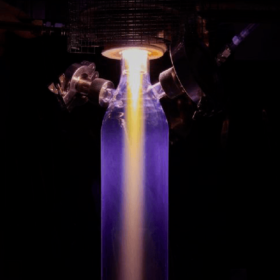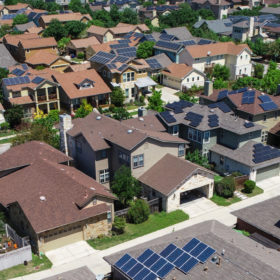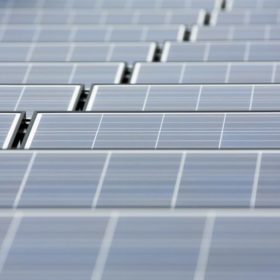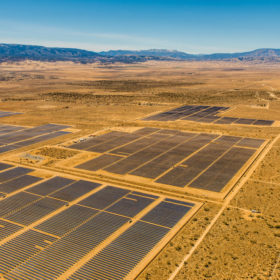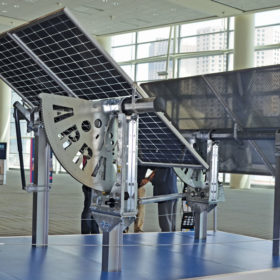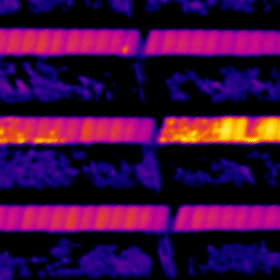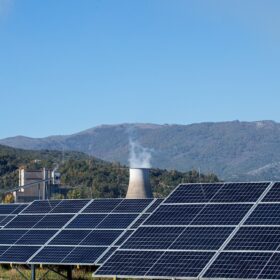6K awarded $1.5 million Massachusetts manufacturing grant to fund battery recycling equipment
6K has also announced a new 33,000-square-foot battery center of excellence pre-production facility in North Andover, which will be one of the largest battery material production facilities in the United States.
Sunrise brief: Unprecedented solar project gets the green light in New York
Also on the rise: Recurrent Energy sells Gaskell West solar-plus-storage projects to Matrix Renewables. Designs, control strategies for PV-integrated shading devices. EagleView high-resolution aircraft imagery-enabled platform may cut solar sales to install by two weeks. Fronius releases solar design tool. 250MW solar project planned for former West Virginia coal mine.
280MW solar project outside of Rochester gets the green light
While New York has become a national solar leader, projects of this size are unprecedented in the Empire State.
EagleView high-resolution aircraft imagery-enabled platform may cut solar sales to install by two weeks
pv magazine met with the company for a demo of its new solution that promises to bridge the gap between sales-ready and install-ready designs, potentially cutting several days off the solar customer experience.
Watch: Fronius releases solar design tool
The inverter provider released a free online platform for planning, design, and sales of solar PV systems.
250MW solar project planned for former West Virginia coal mine
The installation will be the largest in the state’s history by far, representing more than 10 times the capacity that the state has installed to date.
Recurrent Energy sells Gaskell West solar-plus-storage projects to Matrix Renewables
The Gaskell West 2 and 3 project is located in Kern County, California, and is fully contracted holding five long-term power purchase agreements with cities and utilities in California.
Sunrise brief: Array Technologies may be insulated from anti-circumvention, said ROTH
Also on the rise: Hot carrier solar cells could potentially breaking the Shockley-Queisser limit of silicon-based photovoltaics. Job moves at Nexamp, Algonquin Power & Utilities, and more. Photovoltaic cell harvests energy day and night. Power Factors selected to manage Vesper Energy’s development pipeline. New inverter from SMA for residential, commercial PV. Aluminum-nickel molten salt battery for seasonal renewables storage. Nautilus completes 24.9MW community solar portfolio in New York.
Could ‘hot carrier’ solar cells break the theoretical efficiency limit?
Up to 50% of the energy absorbed by a solar cell is lost as heat. Scientists are now developing a third generation of “hot carrier” solar cells that take advantage of this heat, potentially breaking the Shockley-Queisser limit of silicon-based PV.
Power Factors selected to manage Vesper Energy’s development pipeline
Vesper said it will use BluePoint to track the progress and milestones of its 1.3GW solar and storage development pipeline, while the projects are in development, and support financial and commercial management of said assets once they’re completed.
